Pyridoxine hydrochloride
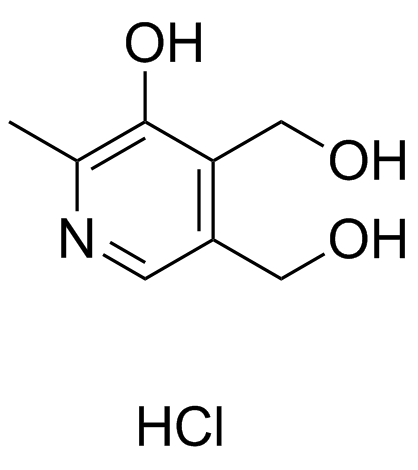
Pyridoxine hydrochloride structure
|
Common Name | Pyridoxine hydrochloride | ||
|---|---|---|---|---|
| CAS Number | 58-56-0 | Molecular Weight | 205.639 | |
| Density | N/A | Boiling Point | 491.9ºC at 760 mmHg | |
| Molecular Formula | C8H12ClNO3 | Melting Point | 214-215 °C(lit.) | |
| MSDS | Chinese USA | Flash Point | 251.3ºC | |
| Symbol |



GHS02, GHS06, GHS08 |
Signal Word | Danger | |
Use of Pyridoxine hydrochloridePyridoxine hydrochloride (Pyridoxol; Vitamin B6) is a pyridine derivative. Pyridoxine (Pyridoxol; Vitamin B6) exerts antioxidant effects in cell model of Alzheimer's disease via the Nrf-2/HO-1 pathway. |
| Name | pyridoxine hydrochloride |
|---|---|
| Synonym | More Synonyms |
| Description | Pyridoxine hydrochloride (Pyridoxol; Vitamin B6) is a pyridine derivative. Pyridoxine (Pyridoxol; Vitamin B6) exerts antioxidant effects in cell model of Alzheimer's disease via the Nrf-2/HO-1 pathway. |
|---|---|
| Related Catalog | |
| Target |
Nrf2[1] |
| In Vitro | Pyridoxine exerts a protective potential against AD, attenuates ROS levels, decreases the expressions of cytoplasmic Nrf2, and upregulates whole-cell HO-1 expression[1]. |
| References |
| Boiling Point | 491.9ºC at 760 mmHg |
|---|---|
| Melting Point | 214-215 °C(lit.) |
| Molecular Formula | C8H12ClNO3 |
| Molecular Weight | 205.639 |
| Flash Point | 251.3ºC |
| Exact Mass | 205.050568 |
| PSA | 73.58000 |
| LogP | 0.88220 |
| Storage condition | 2-8°C |
| Stability | Stable. Protect from air and light. |
| Water Solubility | 0.1 g/mL (20 ºC) |
CHEMICAL IDENTIFICATION
HEALTH HAZARD DATAACUTE TOXICITY DATA
MUTATION DATA
|
| Symbol |



GHS02, GHS06, GHS08 |
|---|---|
| Signal Word | Danger |
| Hazard Statements | H225-H301 + H311 + H331-H370 |
| Precautionary Statements | P210-P260-P280-P301 + P310-P311 |
| Personal Protective Equipment | Eyeshields;Gloves;type N95 (US);type P1 (EN143) respirator filter |
| Hazard Codes | Xi:Irritant |
| Risk Phrases | R36/37/38 |
| Safety Phrases | S26-S37/39 |
| RIDADR | NONH for all modes of transport |
| WGK Germany | 2 |
| RTECS | UV1350000 |
| HS Code | 2936250000 |
| Precursor 9 | |
|---|---|
| DownStream 10 | |
| HS Code | 2936250000 |
|---|---|
| Summary | HS: 2936250000. (5-hydroxy-6-methylpyridine-3,4-diyl)dimethanol. VAT:17.0%. tax rebate rate:13.0%. supervision conditions:ab(certificate of inspection for goods inward,certificate of inspection for goods outward). MFN tarrif:4.0%. general tariff:20.0% |
|
Protein enrichment of an Opuntia ficus-indica cladode hydrolysate by cultivation of Candida utilis and Kluyveromyces marxianus.
J. Sci. Food Agric. 95(5) , 1094-102, (2015) The cladodes of Opuntia ficus-indica (prickly pear cactus) have a low protein content; for use as a balanced feed, supplementation with other protein sources is therefore desirable. We investigated pr... |
|
|
Validated stability-indicating liquid chromatographic method for the determination of ribavirin in the presence of its degradation products: application to degradation kinetics.
J. Chromatogr. Sci. 53 , 603-11, (2015) Ribavirin was found to be liable to acidic, alkaline, oxidative and photolytic degradation. Hence, a simple, sensitive and stability-indicating reversed-phase liquid chromatographic method was develop... |
|
|
Tissue vitamin concentrations are maintained constant by changing the urinary excretion rate of vitamins in rats' restricted food intake.
Biosci. Biotechnol. Biochem. 78(12) , 2102-9, (2014) We previously reported that mild food restriction induces a reduction in tryptophan-nicotinamide conversion, which helps to explain why death secondary to pellagra is pandemic during the hungry season... |
| vitamin B6 hydrochloride |
| Hexobion |
| 5-Hydroxy-6-methyl-3,4-pyridinedimethanol hydrochloride |
| 3,4-Pyridinedimethanol, 5-hydroxy-6-methyl-, hydrochloride (1:1) |
| Pyridox |
| Hexavibex |
| aderoxin |
| aderoxine |
| hexermin |
| adermine hydrochloride |
| Pyridoxinium chloride |
| Bonasanit |
| Pyridoxine, hydrochloride |
| PYRIDOXINE HCL |
| Pyridoxine hydrogen chloride |
| pyridoxol hydrochloride |
| Benadon |
| MFCD08064207 |
| paxadon |
| T6NJ B1 CQ D1Q E1Q &&HCl |
| Hexabetalin |
| pyridoxine monohydrochloride |
| EINECS 200-386-2 |
| 4,5-Bis(hydroxymethyl)-2-methylpyridin-3-ol hydrochloride (1:1) |
| Pyridoxol HCl |
| becilan |
| 3-Hydroxy-4,5-dimethylol-α-picoline hydrochloride |
| Pyridoxine hydrochloride |
| 4,5-Bis(hydroxymethyl)-2-methyl-3-pyridinol hydrochloride (1:1) |
| 5-hydroxy--6-methyl-3,4-pyridine dimethanol hydrochloride |
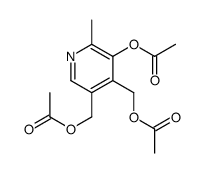 CAS#:10030-93-0
CAS#:10030-93-0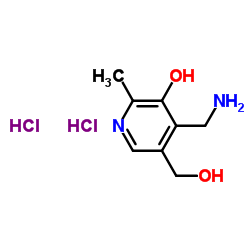 CAS#:524-36-7
CAS#:524-36-7 CAS#:4469-34-5
CAS#:4469-34-5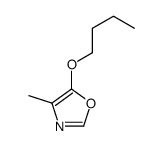 CAS#:24201-52-3
CAS#:24201-52-3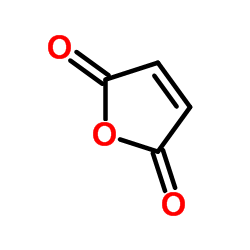 CAS#:108-31-6
CAS#:108-31-6 CAS#:5417-35-6
CAS#:5417-35-6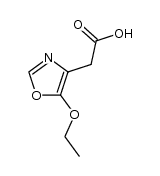 CAS#:10500-75-1
CAS#:10500-75-1 CAS#:5417-32-3
CAS#:5417-32-3 CAS#:541-59-3
CAS#:541-59-3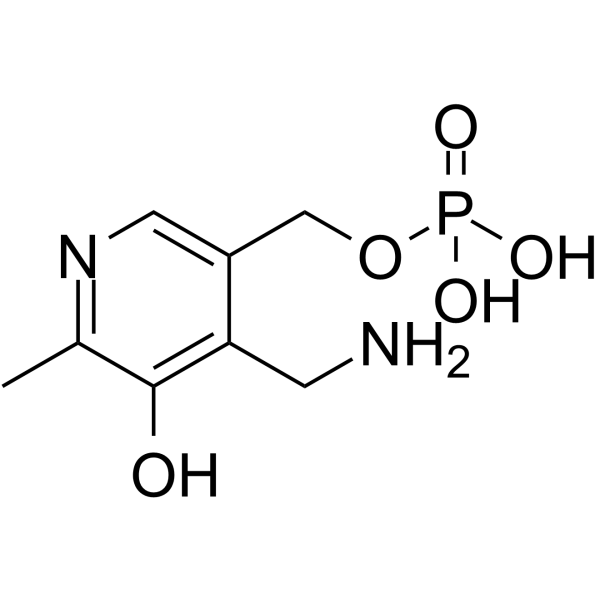 CAS#:529-96-4
CAS#:529-96-4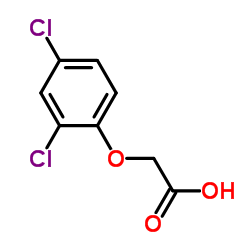 CAS#:94-75-7
CAS#:94-75-7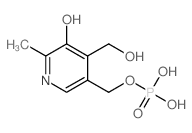 CAS#:447-05-2
CAS#:447-05-2![3,3,8-trimethyl-1,5-dihydro-[1,3]dioxepino[5,6-c]pyridin-9-ol structure](https://image.chemsrc.com/caspic/388/948-00-5.png) CAS#:948-00-5
CAS#:948-00-5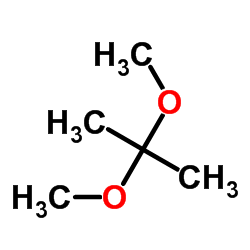 CAS#:77-76-9
CAS#:77-76-9 CAS#:65-23-6
CAS#:65-23-6 CAS#:54-47-7
CAS#:54-47-7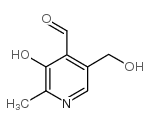 CAS#:66-72-8
CAS#:66-72-8
